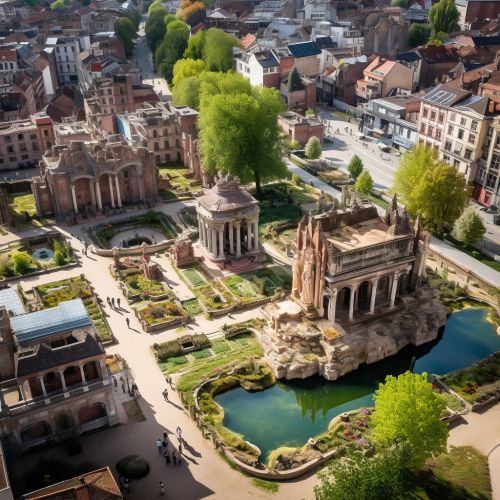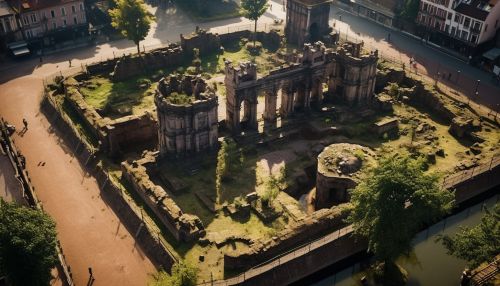History of Strasbourg
Early History
The earliest known settlements in the area of present-day Strasbourg date back to 6000 BC. During the Iron Age, a Celtic tribe known as the Treveri inhabited the region. The city was later conquered by the Romans in 12 BC, who named it Argentoratum. The Romans established a military camp on the site, which later developed into a town.


The Roman town was destroyed during the 5th century by the Alemanni, a Germanic tribe. The city was rebuilt by the Franks and renamed Strateburgum, from which the modern name Strasbourg is derived.
Middle Ages
During the Middle Ages, Strasbourg became an important center of trade and culture. The city was part of the Holy Roman Empire and was ruled by a series of bishops. In the 13th century, Strasbourg became a free imperial city, gaining a degree of political autonomy.
The Strasbourg Cathedral, one of the city's most iconic landmarks, was built during this period. The cathedral is a masterpiece of Gothic architecture and is known for its astronomical clock.
Modern Era
Strasbourg played a significant role in the Protestant Reformation in the 16th century. The city became a refuge for persecuted Protestants and was a center of humanist scholarship.
During the Franco-Prussian War in the 19th century, Strasbourg was annexed by Germany. The city was returned to France after World War I, but was again annexed by Germany during World War II. After the war, Strasbourg was returned to France once again.
Contemporary Strasbourg
Today, Strasbourg is known for its rich cultural heritage and its significant role in the European Union. The city is home to several European institutions, including the European Parliament and the Council of Europe.
Strasbourg's historic city center, the Grande Île, is a UNESCO World Heritage Site. The city is also known for its Alsatian cuisine, its Christmas market, and its vibrant arts scene.
